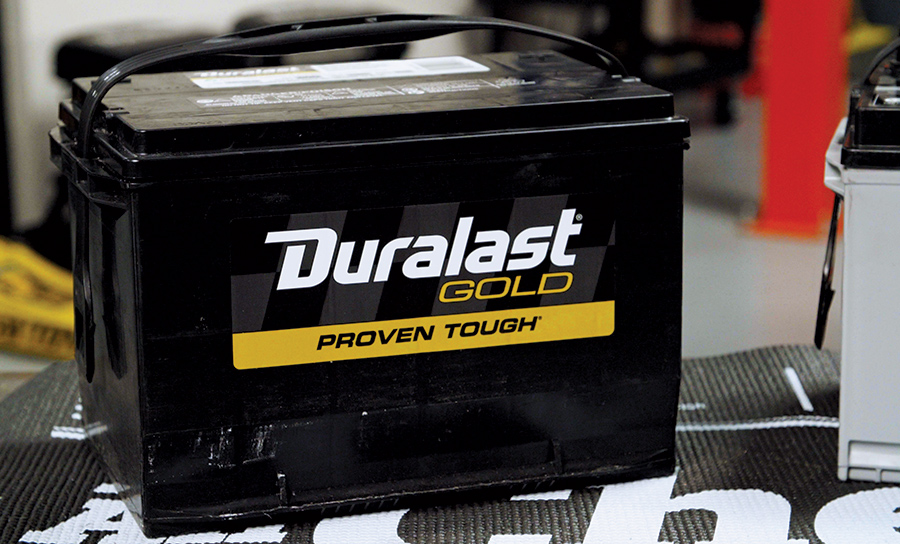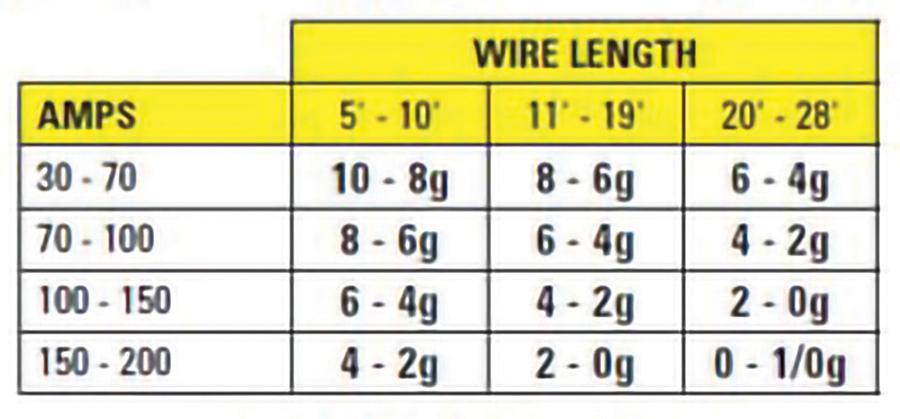Modern Rodding TECH
InTheGarageMedia.com
 Photography by THE AUTHOR
Photography by THE AUTHORigns of a charging system that’s on the brink can vary from dim headlights to a dead battery. But, regardless of the symptoms, they’re not to be ignored. An improperly operating alternator can damage sensitive electronic components if not adequately addressed, not to mention the potential of leaving one stranded once the battery is sufficiently discharged. Speaking of a deeply discharged battery, oftentimes traditional flooded cell batteries cannot be recharged once significantly discharged, requiring the replacement of not only the impaired alternator but what may have been a perfectly fine battery as well. Long story short, if you find that voltmeter reading anything less than 13 V going down the road, you might want to have a look at your charging system and give the guys at Powermaster Performance a call.
Thankfully, diagnosing charging system issues can be a simple task to be tackled in the home garage with a multimeter from Harbor Freight and access to the battery and alternator. While it’s not possible to apply a load on the charging system with a multimeter, we can take readings from the vehicle’s electrical system with its own loads applied and compare those readings to give us an indication of whether the alternator is malfunctioning, if it’s time for a new battery, or if there’s another culprit at play.
While typical “mechanics code” is to tackle one thing at a time when it comes to diagnosing and fixing a component, we found multiple issues in the overall charging system of the ’33 and decided to make the appropriate improvements when we installed the new alternator. After all, anything that makes the wiring in our hot rod perform better and operate safer is always an improvement.











12. With the new alternator installed and both the charge and ground wires connected, we’re now showing 14.6 V on our multimeter at idle, and the headlights are nice and bright. The modern bearings in Powermaster’s alternators are upgraded when compared to the OE-style found back in the day, so it’s possible to get that V-belt nice and tight without worrying about damaging the internal components. Note that many of Powermaster’s alternators come with a specific grounding terminal on the case.


VOLUME 4 • ISSUE 29 • 2023